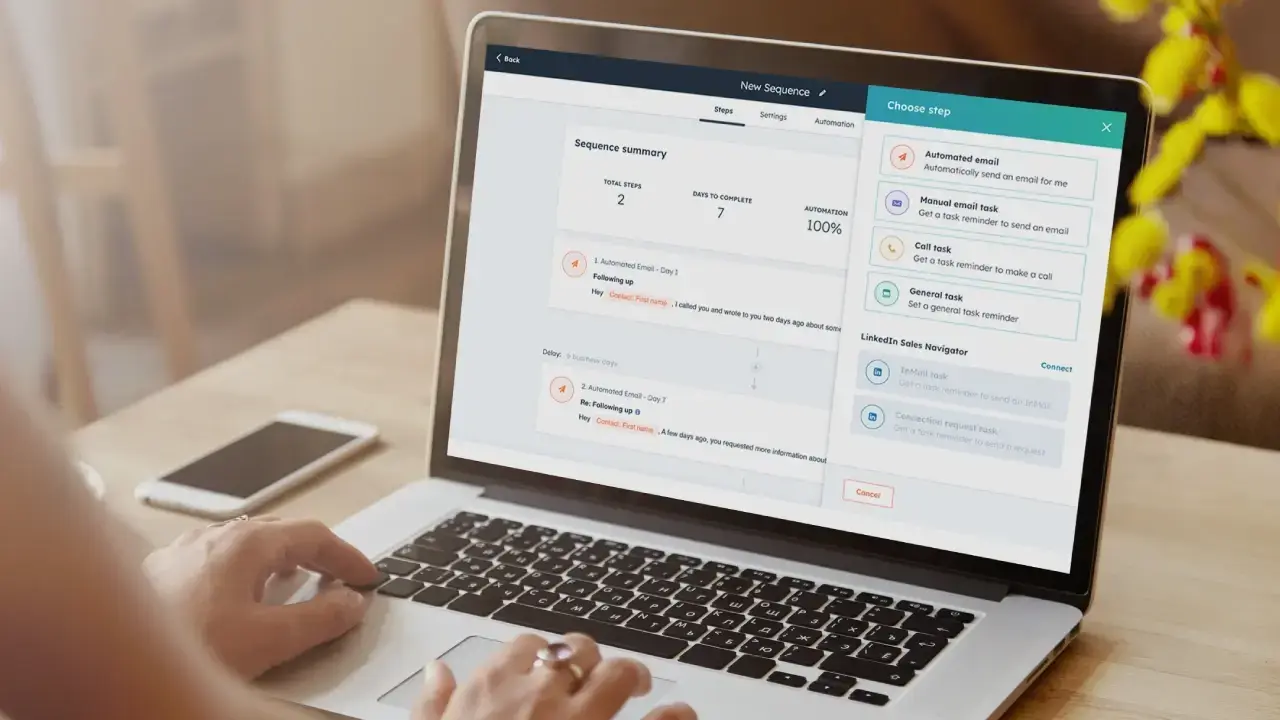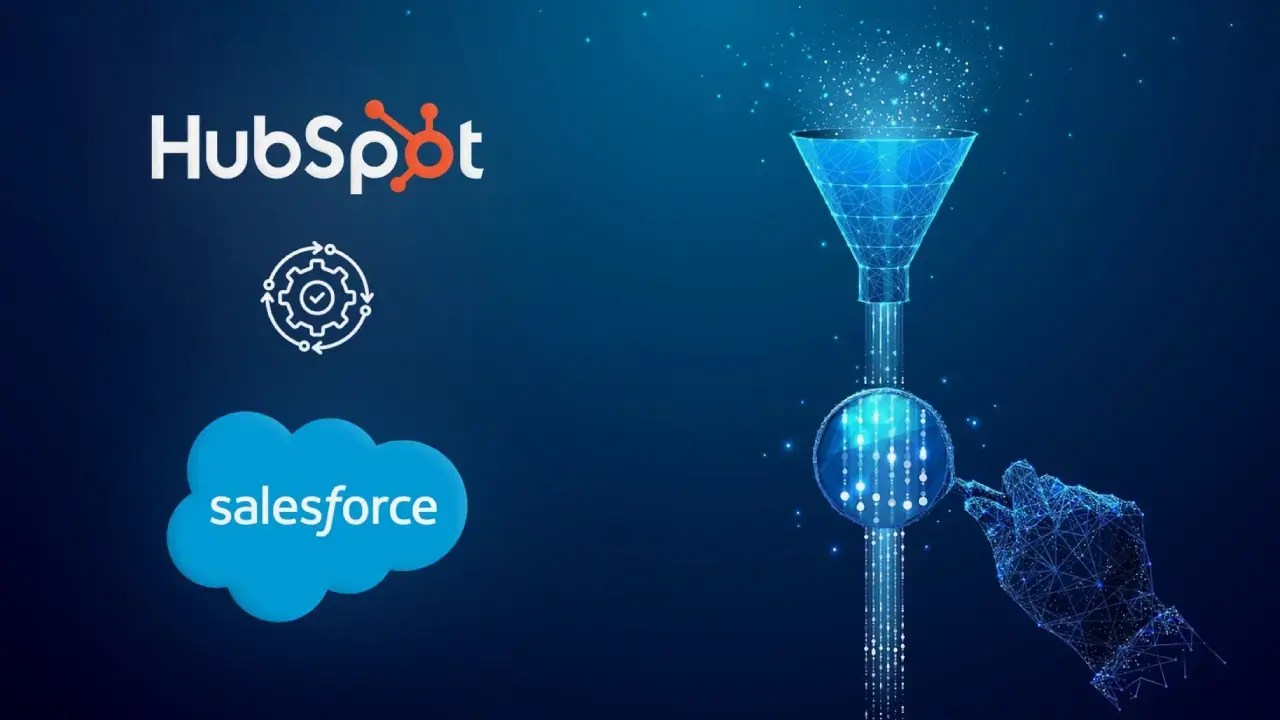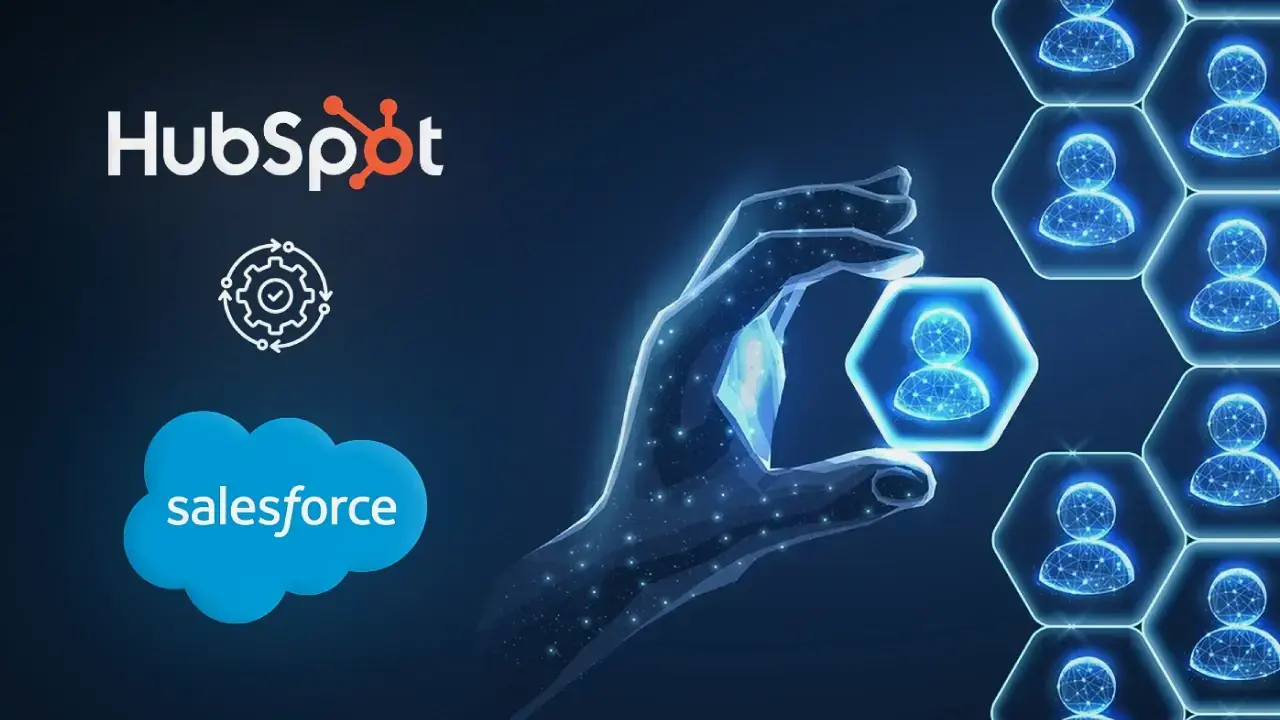Introduction
While you're reviewing yesterday's metrics, your competitors have already identified high-potential leads, personalized outreach, and optimized their marketing spend, all before their morning coffee.
Revenue leaders face mounting pressure: deliver growth with shrinking budgets while customer acquisition costs soar. Your team is stretched thin handling data cleanup and manual optimizations when they should be driving strategy.
The most successful organizations aren't just adopting AI in marketing ops, they're wielding it as a competitive advantage, seeing conversion rates improve while reducing costs.
In this article, we'll reveal how AI transforms marketing operations from a cost center into your organization's most powerful growth engine.
How are AI-driven innovations transforming all areas of Marketing and Sales Operations?
Marketing attribution & performance analysis
While the traditional models are capable of analyzing touchpoints like ads, emails, social posts, website visits, etc, AI-led models do it with significantly greater precision.
Such models are capable of leveraging the non-linear customer paths, which could be too complex for traditional models.
Source: wickedreports
Machine learning and probabilistic models assign credit accurately by uncovering behavioral patterns to pinpoint the channels and campaigns that ignite lead generation.
HubSpot makes use of several attribution and reporting models like Linear, First interaction, Last interaction, U-shaped, W-shaped, Full path, Time decay, etc., based on the touchpoints in consideration.
The full path model assigns 22.5% of deal revenue to each key milestone - first interaction, lead creation, deal creation, and last interaction. It evenly distributes the remaining 10% across all other touchpoints.
This model is recommended if you prioritize every stage of the funnel and customer journey equally.
AI is also being used for anomaly detection. For example, it can notify you immediately when there is a sudden increase in cost-per-lead so that you can make timely decisions to minimize loss.
Personalization at scale
You feel instantly at home as soon as you open YouTube, thanks to the deeply personalized content tailored just for you in the feed. The secret? AI-powered recommendations.
With dynamic content, just like YouTube, you can personalize emails, websites, and product pages in a few clicks with AI. Imagine how cool it is to be able to recommend the next best content in an email or nurture sequences.
It’s no secret that the copywriting tools can easily adapt tone, language, or CTA based on audience intent. There’s a reason why 65% of HubSpot users create content with AI.
HubSpot has rolled out several new product updates that bolster content marketing.
With Video Remixing, you can turn one video into a dozen assets: shorts, blogs, emails, and socials, all from a simple transcript. This is great for content distribution across channels.
Free AI Content Writer helps create compelling content in multiple formats, such as blogs, social media posts, and advertisements, while staying true to your brand voice.
It creates engaging sales and marketing emails in just a few clicks - no more wasted hours.
Smart content rules automatically show tailored versions of your content based on the viewer's characteristics. For instance, you can display different content to users based on their location or the device they're using, such as mobile.
👉 Here are the 8 content marketing benefits for small businesses.
AI also enables personalization at scale by combining automation with predictive intelligence, allowing marketers to efficiently tailor experiences for large audiences. And data patterns for micro-segmentations make campaigns more relevant and effective for each segment.
Personalization can be taken a step further with sentiment & intent analysis. In this, AI analyzes unstructured data to figure out the readiness of a lead to buy. This enhances the operational efficiency of your sales and marketing teams.
6Sense is a popular platform for sentiment & intent analysis. It helps identify purchasing signals and connect with high-value prospects.
Automated campaign optimization
The Campaign optimization becomes easy with advanced audience segmentation, in which you can cluster prospects based on micro behavior with AI.
By grouping users into dynamic, predictive segments based on their behavior and lifetime value, you can significantly enhance your targeting precision.
The Amplitude tool analyzes in-product user behavior and groups users based on their actions, sequences, or funnel progression. It's ideal for uncovering power users, pinpointing drop-off points, and identifying churn risks.
Imagine you could allocate budget automatically to the highest-performing channels. AI makes it achievable with optimized Ad Spend.
Albert optimizes ad creatives by automatically generating top-performing ads for each segment and channel, selecting the best images, colors, fonts, and copy to maximize cost-effective performance. It also intelligently refreshes creatives to maintain optimal ROAS.
With automated A/B testing, you can automatically test multiple campaign variations to identify the best and least effective ones.
VWO is a great choice for AI-backed A/B testing. It leverages Bayesian statistics and its SmartStats engine to automatically identify winning variations.
It dynamically allocates traffic as data comes in, delivers AI-generated insights to explain winning variations, and offers AI-powered copy and layout suggestions (now in beta) to supercharge your optimization. The image below depicts VWO hypothesis test.
Predictive analytics & forecasting
Predictive analytics and forecasting empower marketers to anticipate customer behavior, optimize resource allocation, and refine strategies for improved outcomes.
They help improve budget allocation based on the likelihood of achieving the expected ROI.
They’re also crucial for setting realistic benchmarks. So, if a campaign starts underperforming against projections, you can quickly refine the strategy, adjust targeting to minimize losses, and maximize conversions.
👉 This resource offers great insights into how to leverage predictive analytics with Pardot for improved conversions.
Another key application of predictive analytics is risk reduction. For example, if predictive analytics indicates that a new audience segment is unlikely to convert, you can run small-scale tests before committing fully.
Forecasting helps you focus on leads most likely to convert, allowing you to fine-tune retargeting campaigns or nurturing workflows.
Salesforce Einstein Analytics (now known as CRM Analytics) is a powerful forecasting tool that delivers actionable insights and full sales visibility to drive smarter decisions and better results.
It analyzes data to reveal patterns, risks, and top performers while guiding the next steps for sales success.
Its custom dashboards and reports provide leadership with clear visibility into key performance metrics throughout the sales funnel.
Automated nurturing with dynamic sequences
Dynamic email sequences elevate marketing by automating and personalizing customer interactions at scale. They adapt in real time to behavior and context like a smart, self-evolving playbook.
These AI sequences analyze past engagement data to pinpoint the optimal timing for follow-ups and reminders.
They replace static drips with predictive models that automatically route prospects based on behavior. This eliminates the need for ops teams to manually build complex nurture flows and scoring rules.
For instance, Dynamic sequences on HubSpot can:
✅ Automate emails for warming up leads
✅ Trigger manual tasks when contacts engage (like opening an email twice)
✅ Allow your reps to spend time where it counts and not waste time on unengaged prospects
It’s like looking into a magic ball that tells you exactly when your prospects want to talk.
👉 In this video, the RevX team breaks down how HubSpot Dynamic Sequences work, and how to use them to streamline your outreach.
It’s a wrap
Disconnected systems, siloed data, and misaligned teams are killing revenue efficiency, especially when your BDRs, AEs, and CSMs all operate on different platforms like HubSpot and Salesforce. AI can be the answer, but only if it's implemented strategically.
The real challenge isn’t just layering AI into your stack. It’s making it work across your fragmented processes from top-of-funnel to post-sale, so your teams stop wasting time and your pipeline stops leaking revenue.
That’s exactly where our RevOps experts come in.
We help revenue teams go beyond “adopting AI” and actually operationalize it so your tech works smarter, your teams stay aligned, and your growth engine runs on autopilot.
Let’s fix the gaps. Let’s unlock scalable growth.
 Dashboards and analytics
Dashboards and analytics

.webp?width=815&height=458&name=AI%20in%20Marketing%20Ops%20-%20Blog%20Image%20(1).webp)







